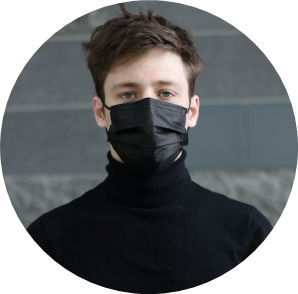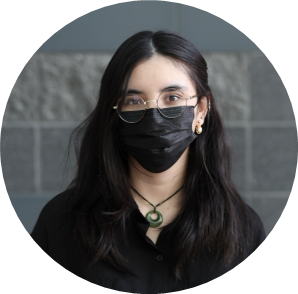CAPSTONE DESIGN PARTICIPANTS

Alex Golubovic

Ben Cohen-Kleinstein

Richard Kashmirian

Saleem Najib
Rapid Semi-Quantitative Sensor for Cystine Monitoring
11
Cystinuria is a hereditary disorder that prevents the breakdown of the amino acid cystine causing the excessive formation of kidney stones. As no cure exists, patients can only mitigate the risk of stone formation via measuring cystine levels and adjusting their diet and lifestyle choices accordingly. However, current measurements may take weeks due to lengthy lab processing. As a solution, we developed a rapid urinary sensor that provides an approximate cystine concentration, allowing the user to analyze their risk in real-time. While not as accurate, this approach is significantly cheaper and faster than current techniques, which is critical for minimizing risk.
Consultant: Derek J. Schipper

Maribel Castro

Elora Deering

Xinyi (Gabby) Hu

Annette Lan
Biodegradable Slow-Release Nitrogen Fertilizer
12
Conventional nitrogen fertilizers suffer from low efficiency, where 50-75% of the nitrogen is not taken up by plants due to a mismatch between the nitrogen release and plant uptake. This nitrogen leaches readily through the soil, not only causing significant financial losses to farmers, but also leading to water contamination and indirect greenhouse gas emissions. Our slow-release fertilizer design is based on natural materials which are biodegradable and nontoxic. It reduces the rate of nitrogen release to better meet plant needs, thus increasing efficiency and minimizing the harmful effects of nitrogen release into the environment.
Consultant: Dr. Michael Tam
Sponsor: Engineer of the Future Fund

Michael DeGanis

Madeline Hayter

Audrey Klompstra

Yidan Wen
Fourth-year University Chemical Kit - Tattoo Health Information Sensor - Bio Sugars
13
Diabetes affects the body’s ability to process food and turn glucose into energy. This hinders the body’s ability to produce insulin, which limits glucose from entering cells, and impacts glucose levels. Therefore diabetics need to monitor their glucose as this allows for them to make adjustments to their diet and/or artificial insulin. The current method uses a blood sample from the finger. We are developing a tattoo ink that’s colour will correlate to glucose levels. This is a continuous, less invasive, and more efficient method for monitoring glucose levels through the aggregation and dispersion of gold nanoparticles.
Consultant: Ahmad Ghavami

Michelle Huynh

Raghav Kharbanda

Rebecca Mac

Jonathan Mayry
CholerID: A low-cost lateral flow assay for rapid detection of Vibrio cholerae
14
Cholera is a disease caused by the bacterium Vibrio cholerae that mostly affects rural, developing communities, resulting in 95,000 deaths annually. Affected communities often do not have sufficient resources to monitor water sources for Vibrio cholerae. To address this, we are developing a cost-effective, paper-based device to test water for Vibrio cholera under limited-resource settings. The device soaks up water while releasing a sugar that attracts Vibrio cholerae, and a black line indicates the presence of the bacteria. Monitoring drinking water will address Vibrio cholerae contamination at its source and reduce preventable deaths worldwide.
Consultant: Dr. Sushanta Mitra